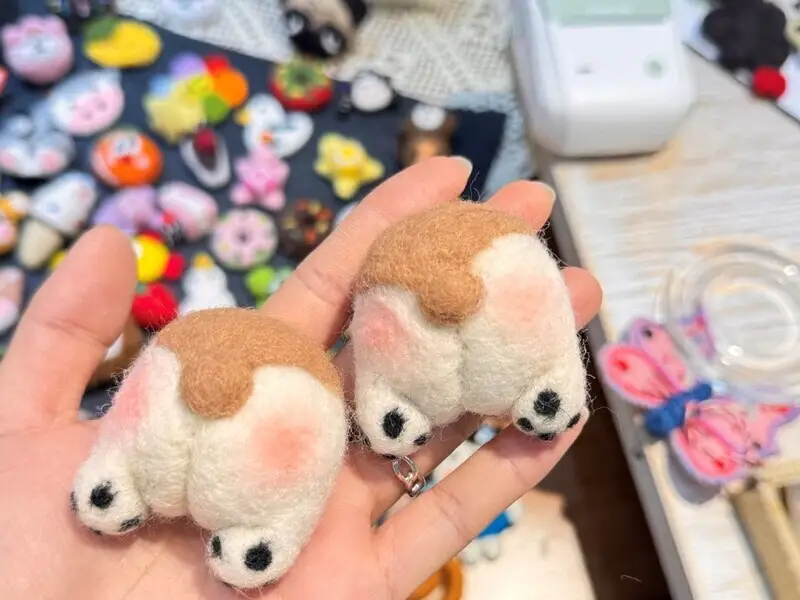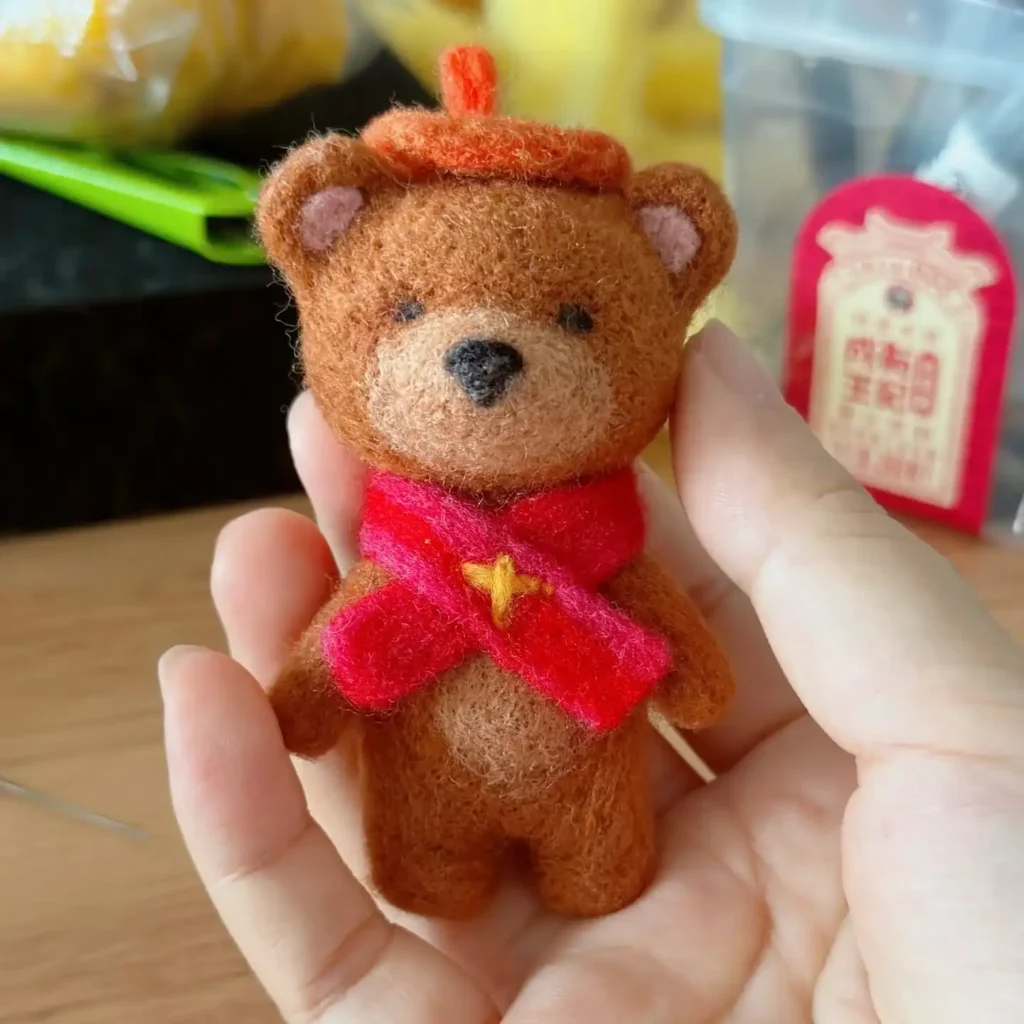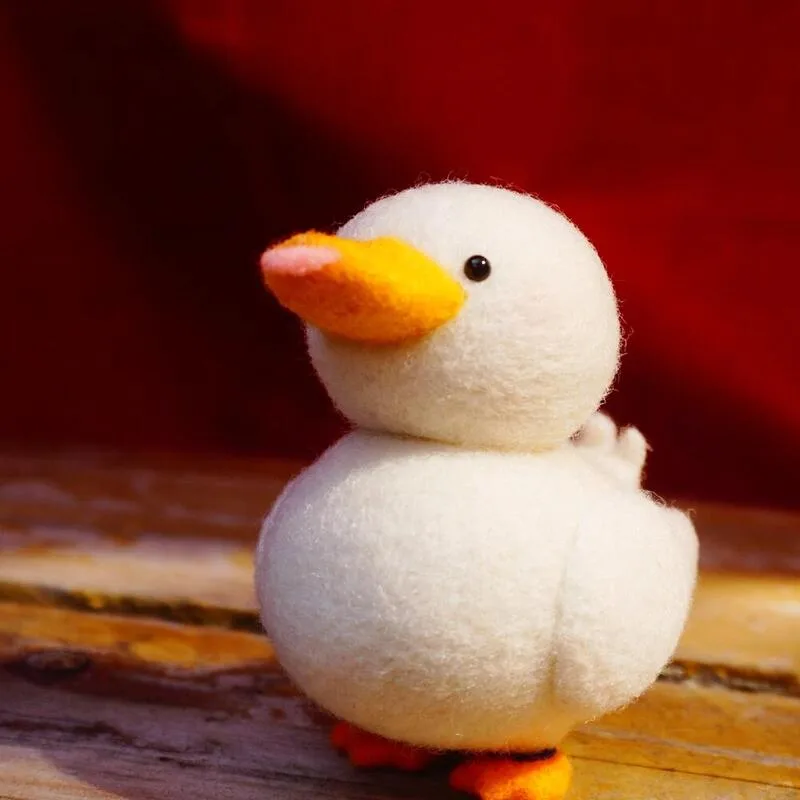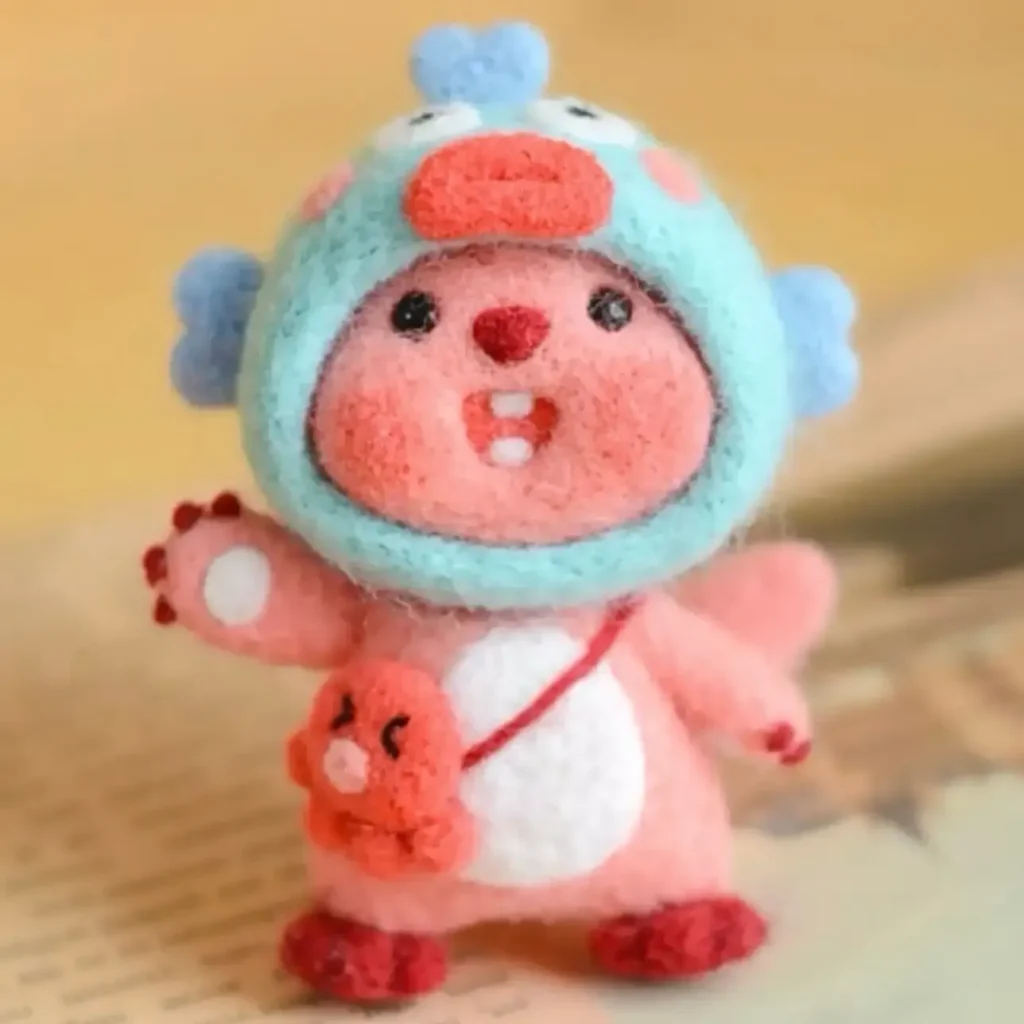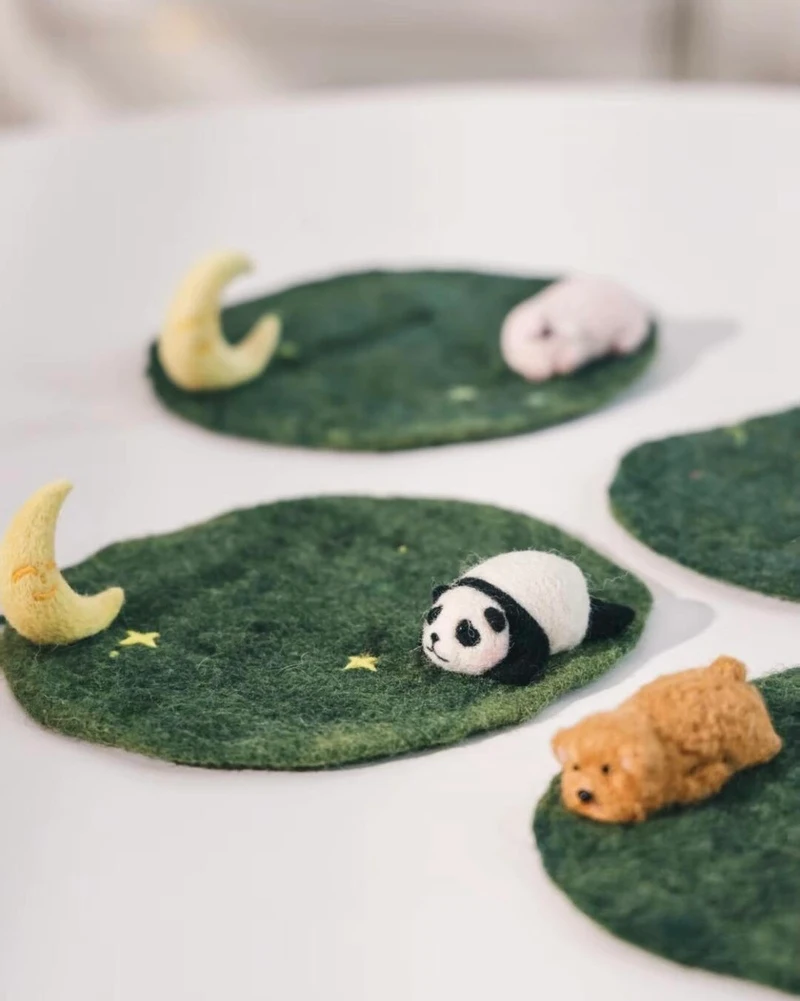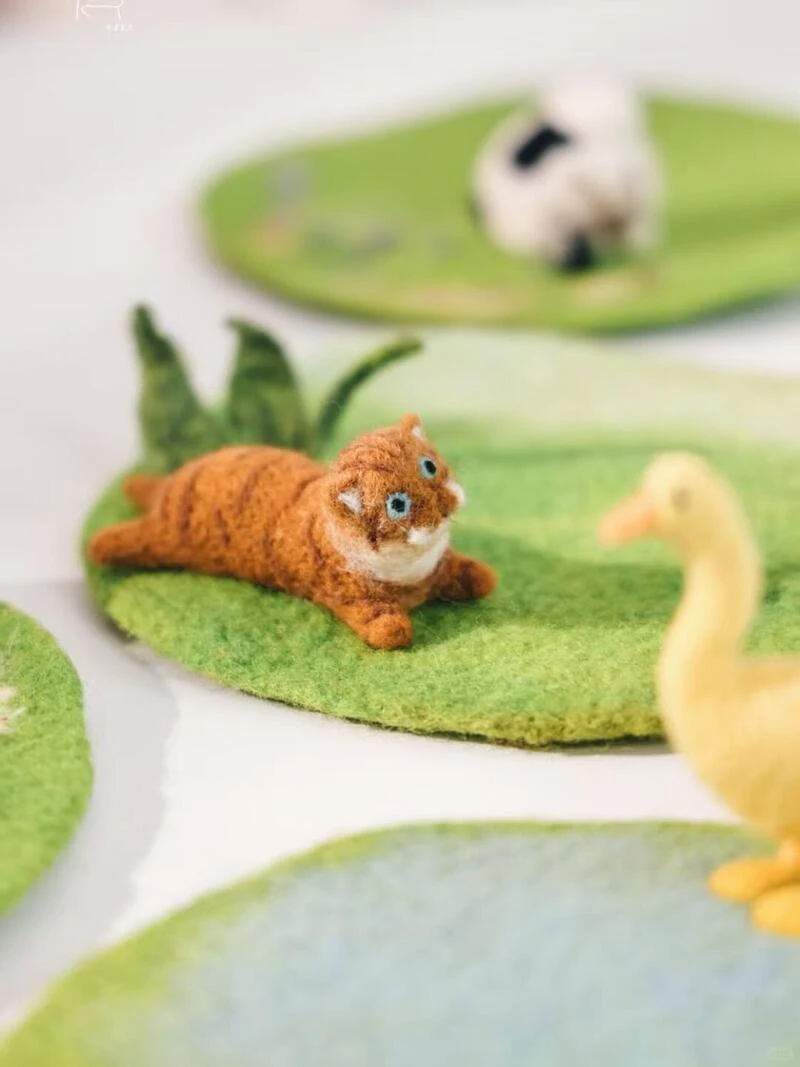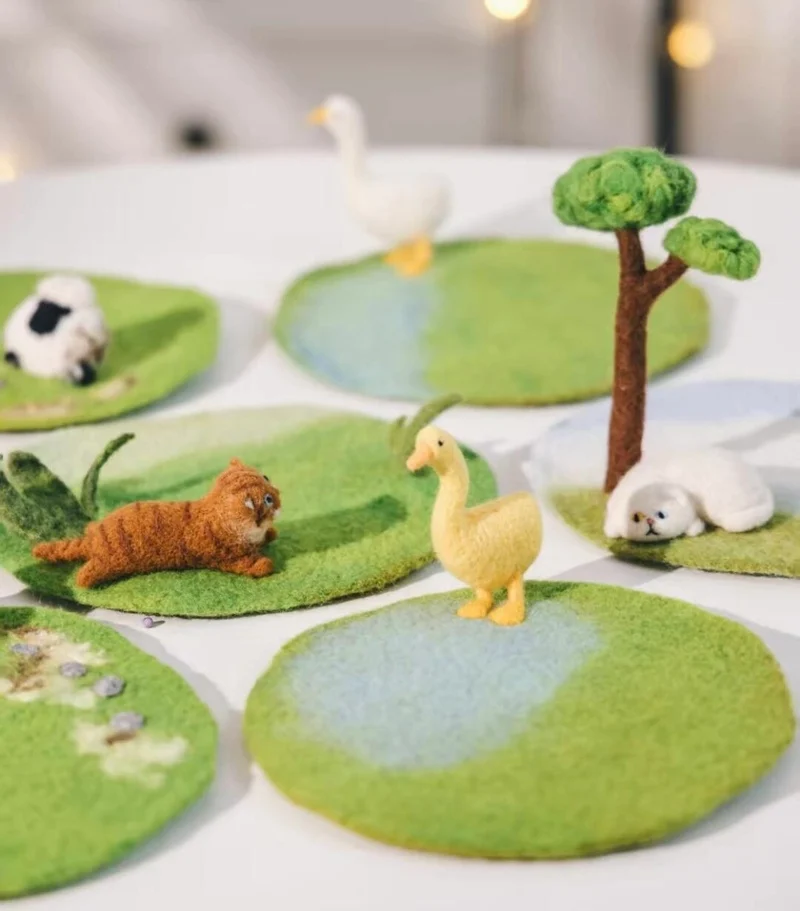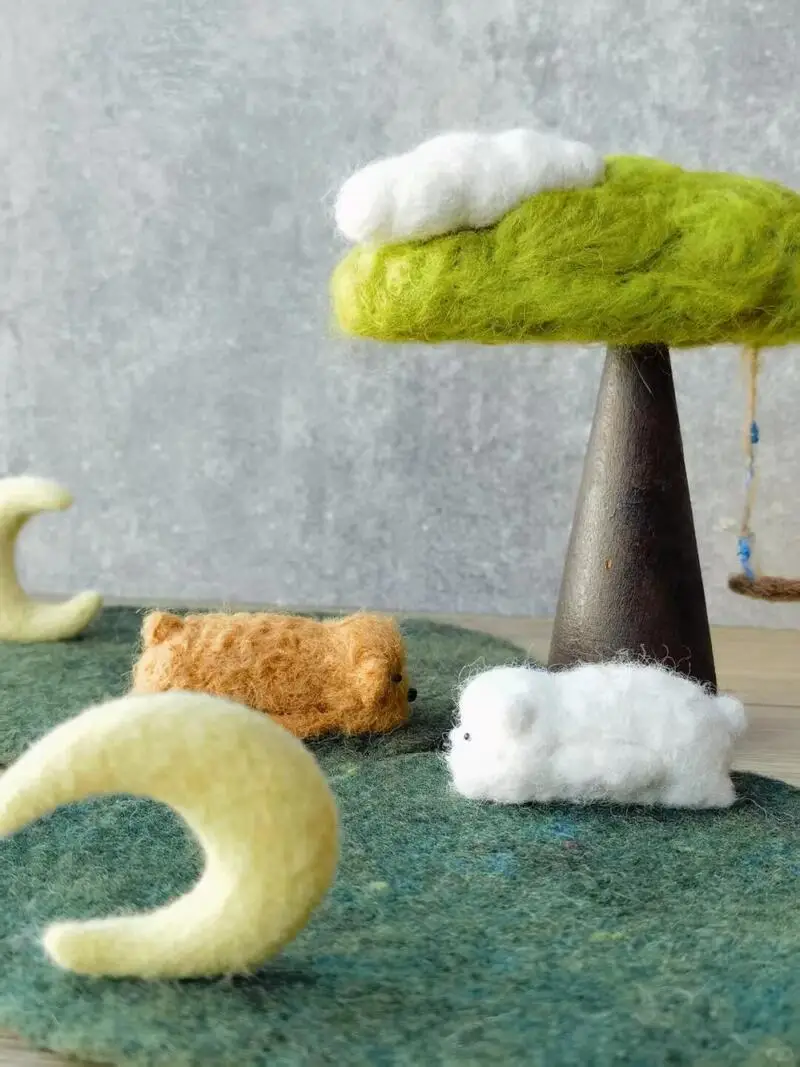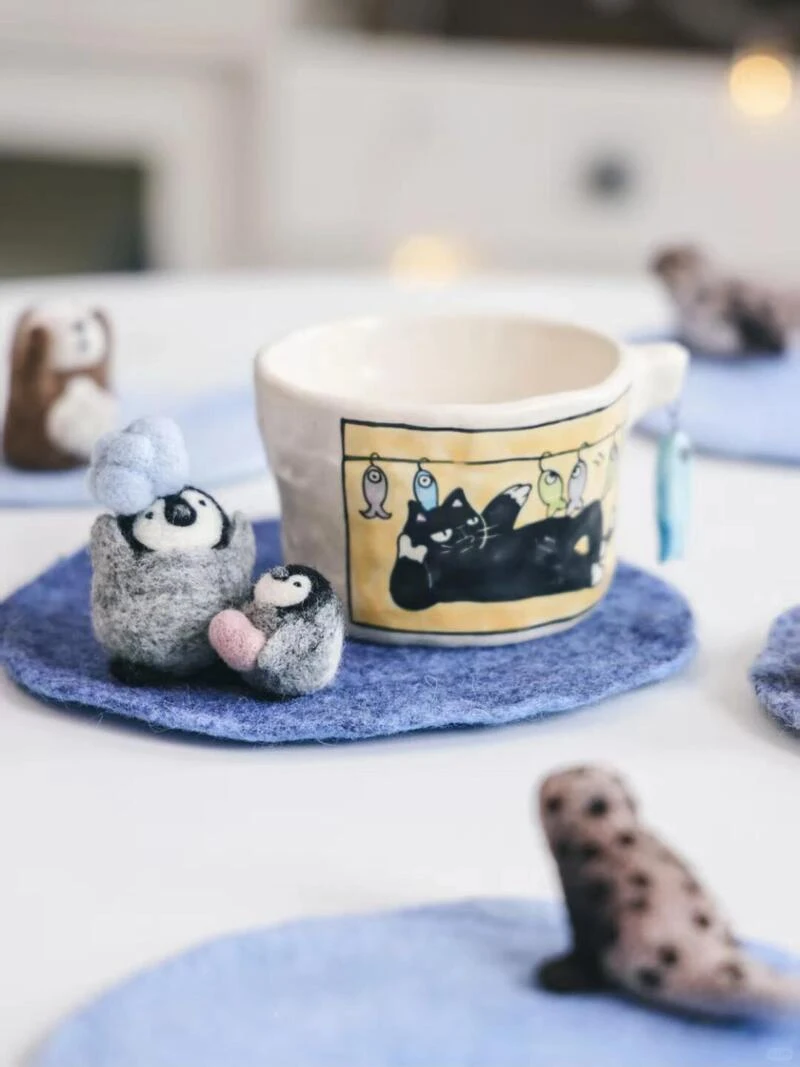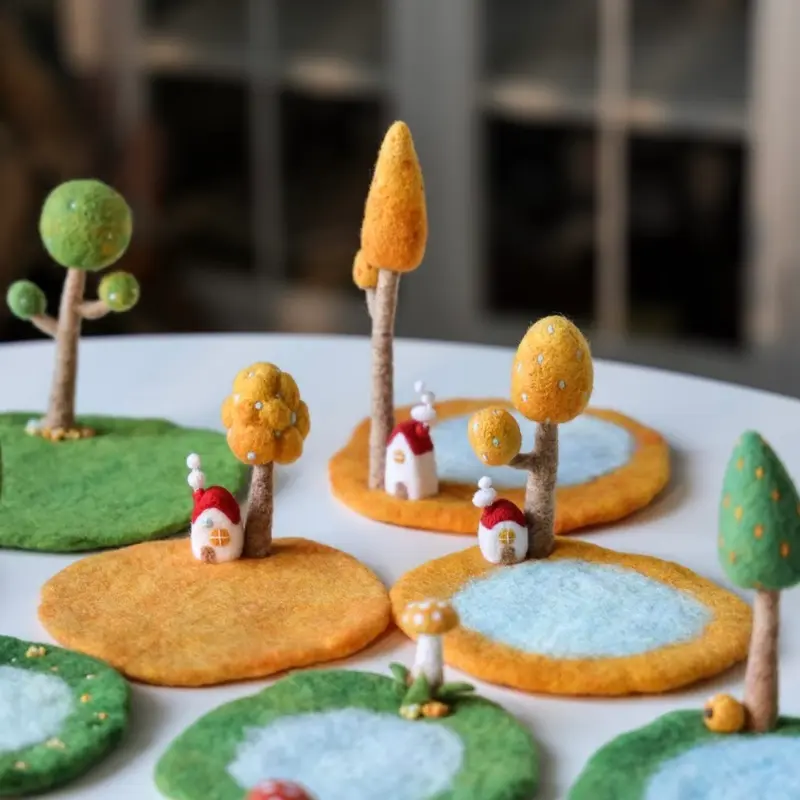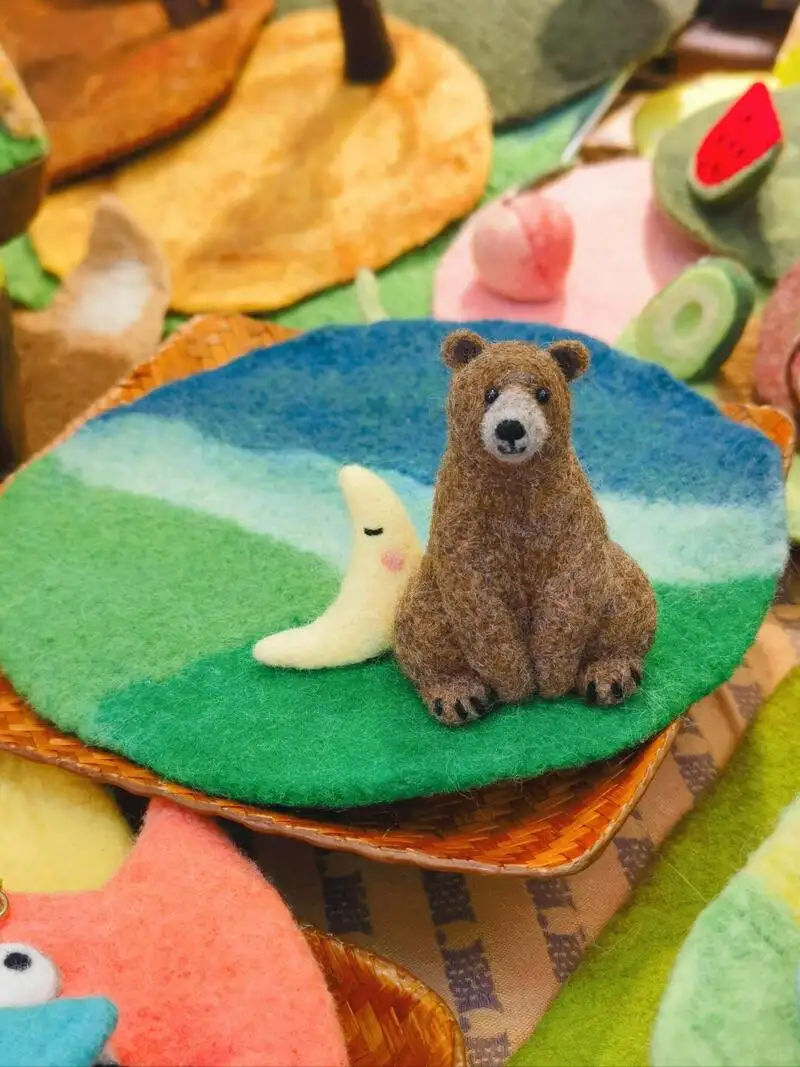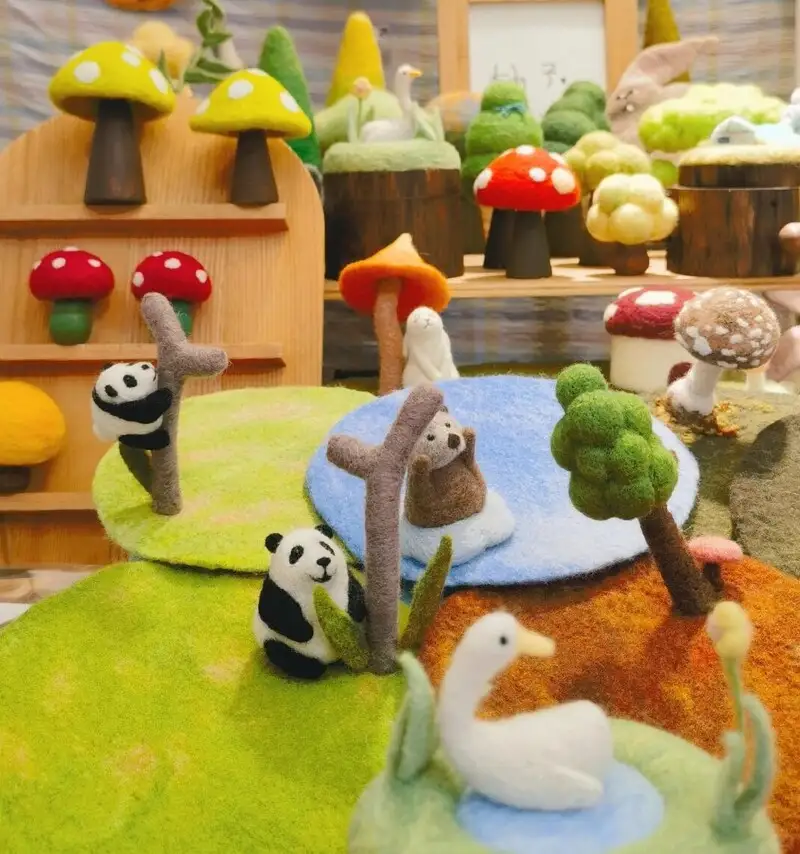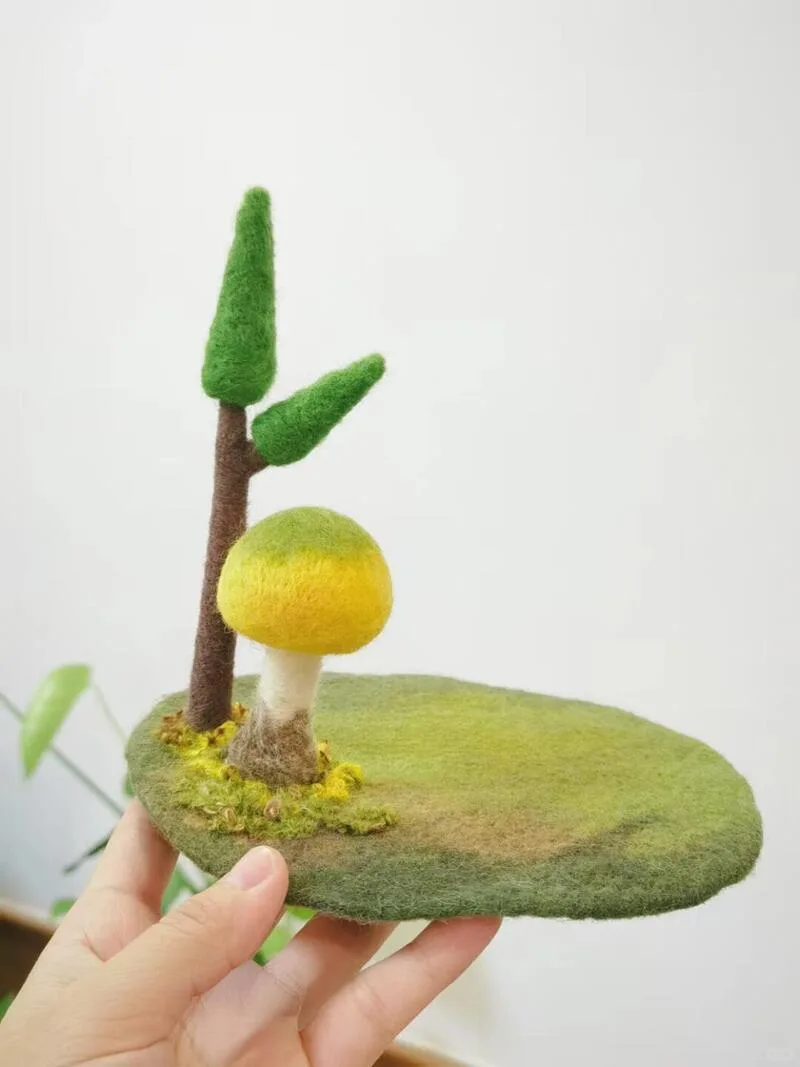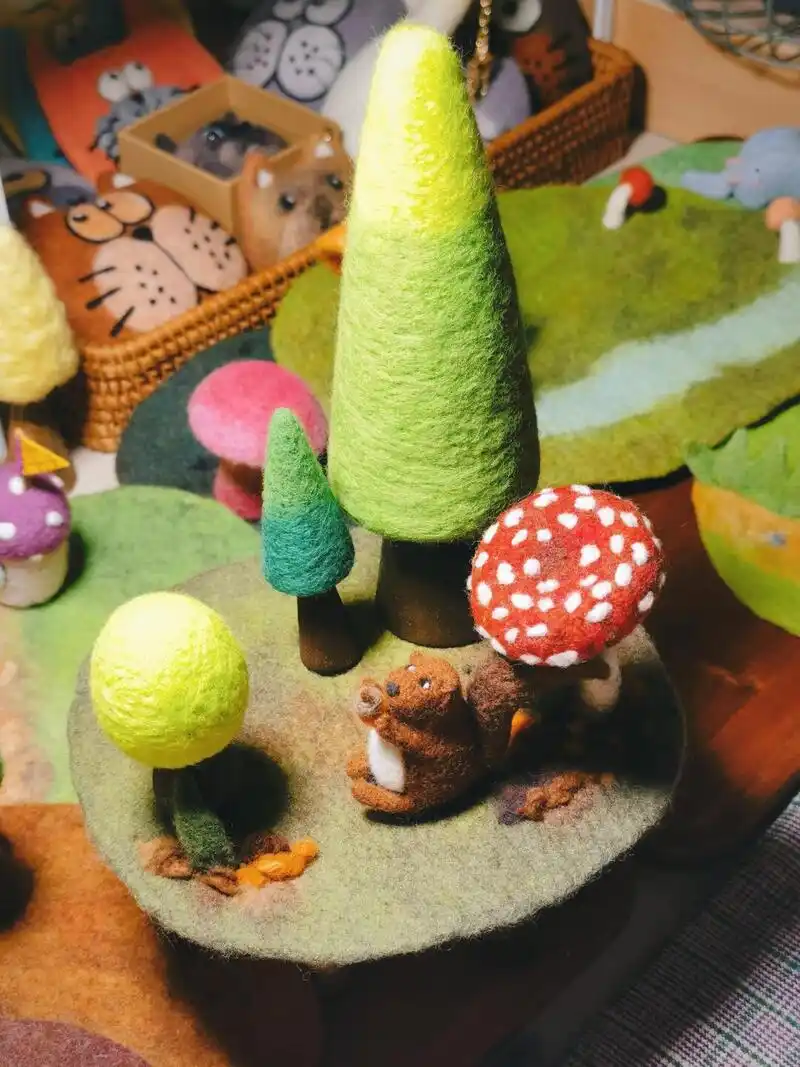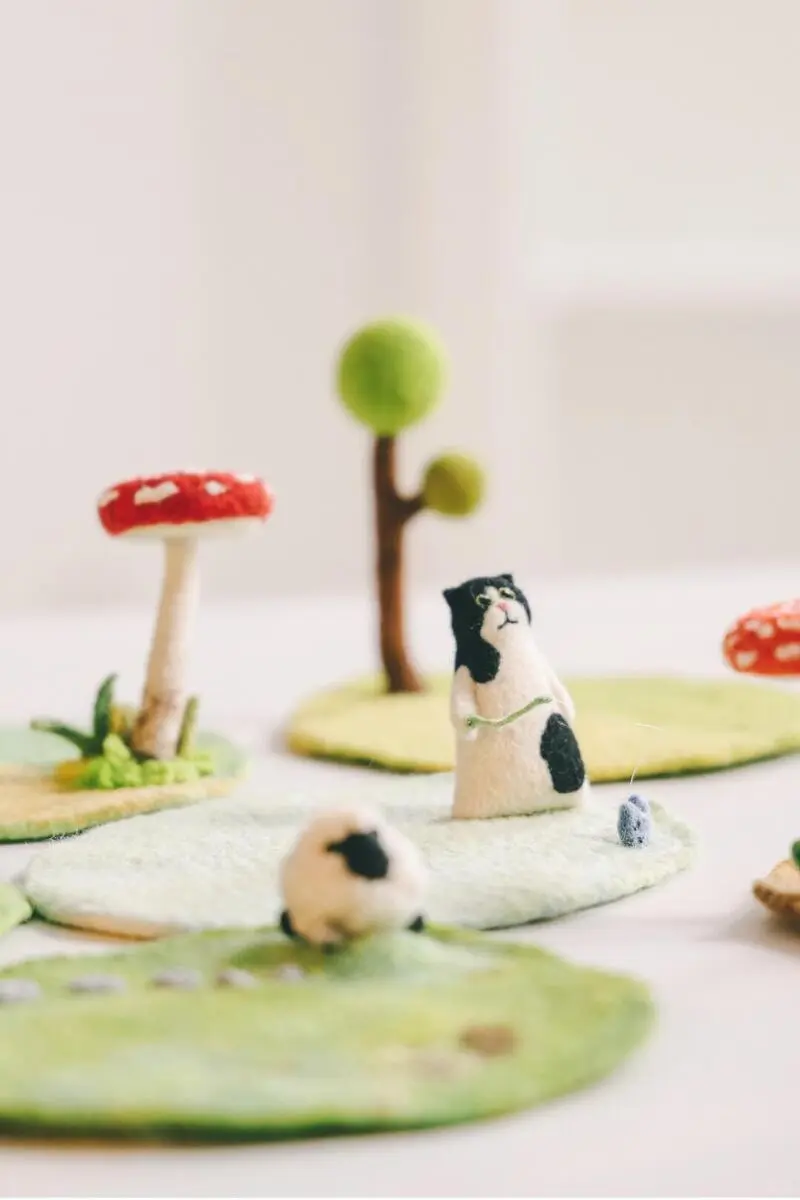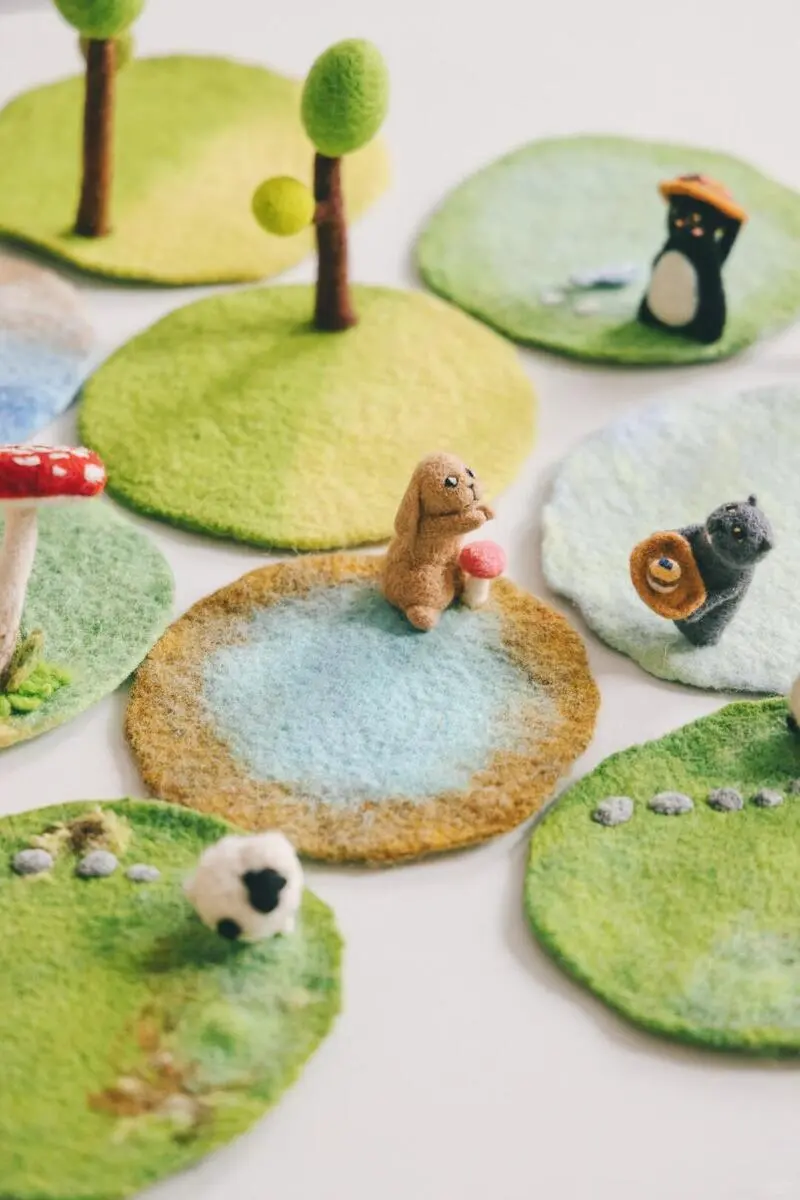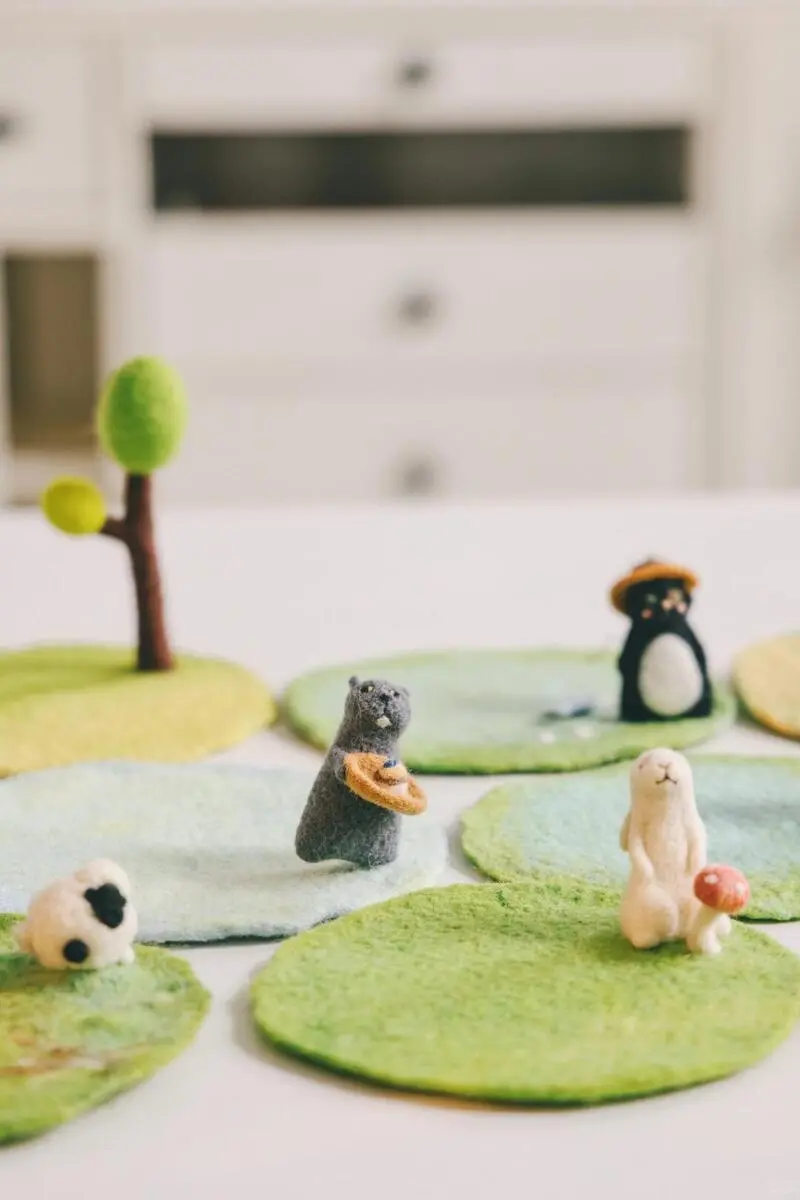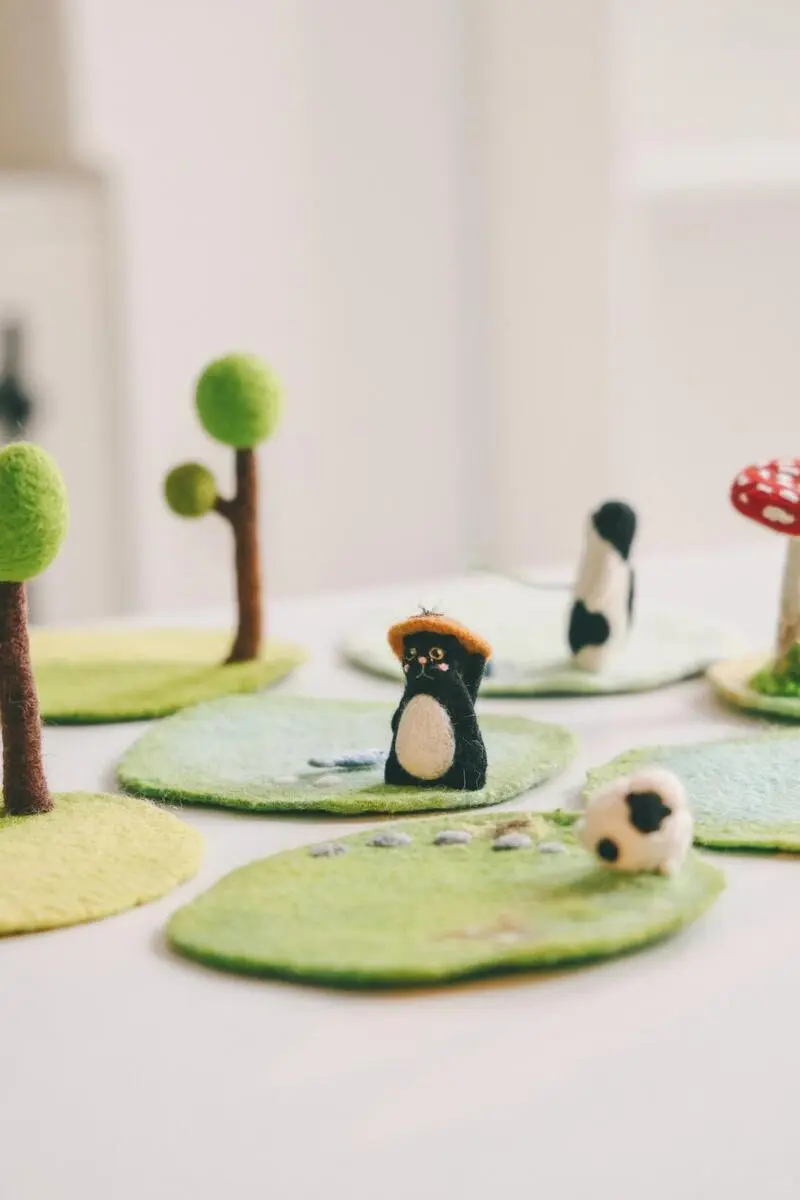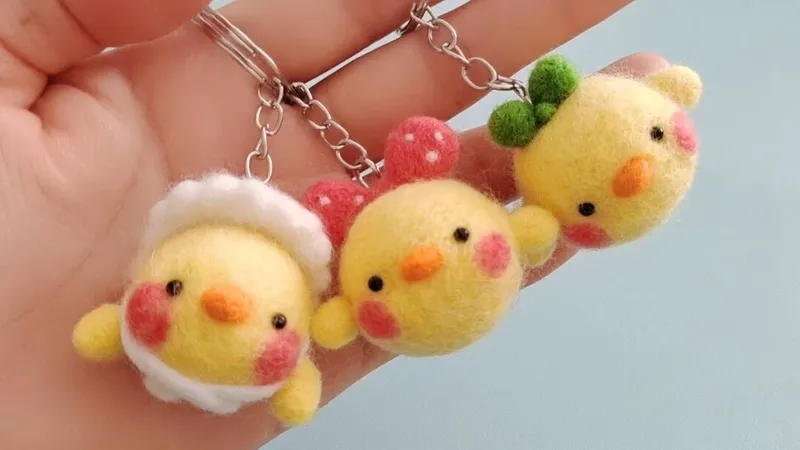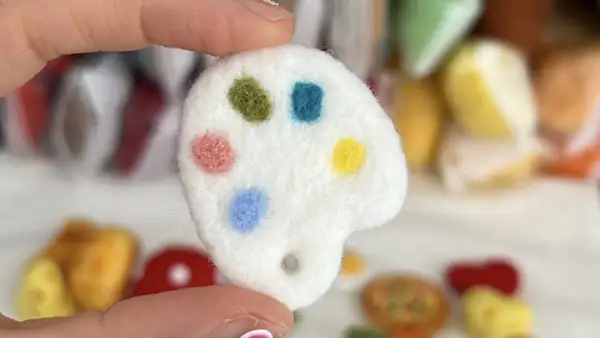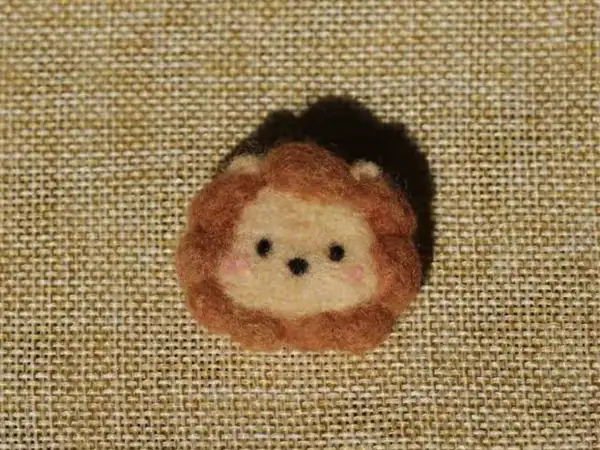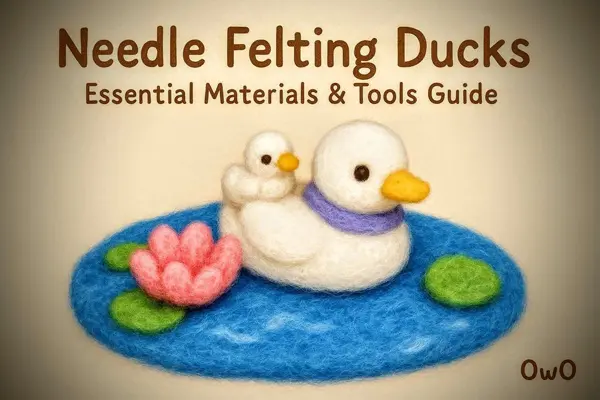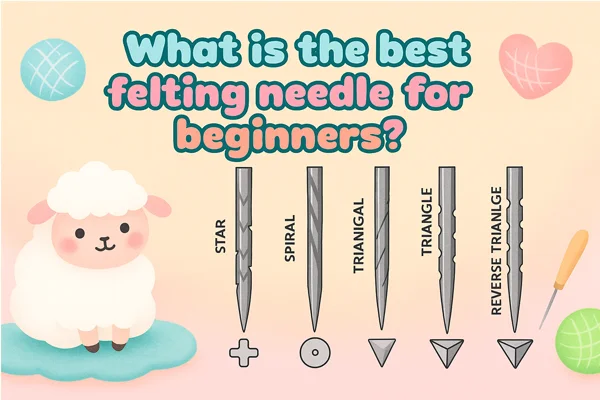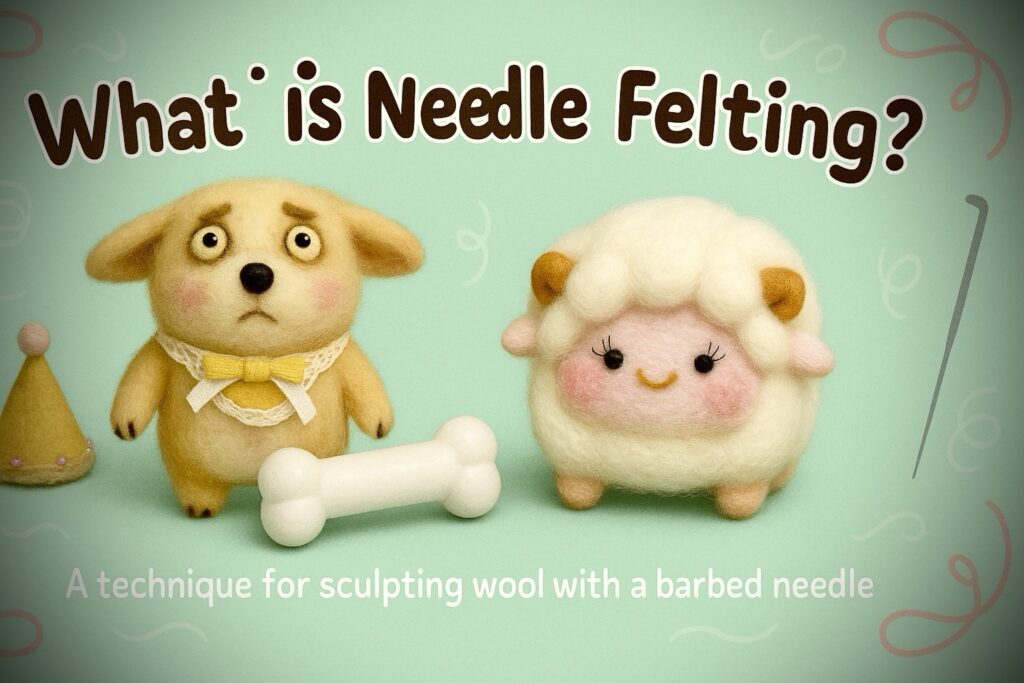Grade your notes
How To Do Needleing Felting Animals For Beginners
Starting with a simple spherical and oval body, roll the wool tightly into a ball and use a barbed hook to poke and shape it vertically, gradually adding the head, limbs and details.
What Is Needle Felting?
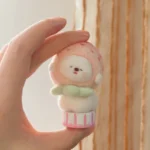
Needle felting is a dry felting technique in which barbed needles are used to repeatedly stab wool fibers with barbed needles, causing them to tangle together into solid shapes without using water as part of this process. Mechanical action from needle barbs tangling wool fibers together is all it takes for needle felting!
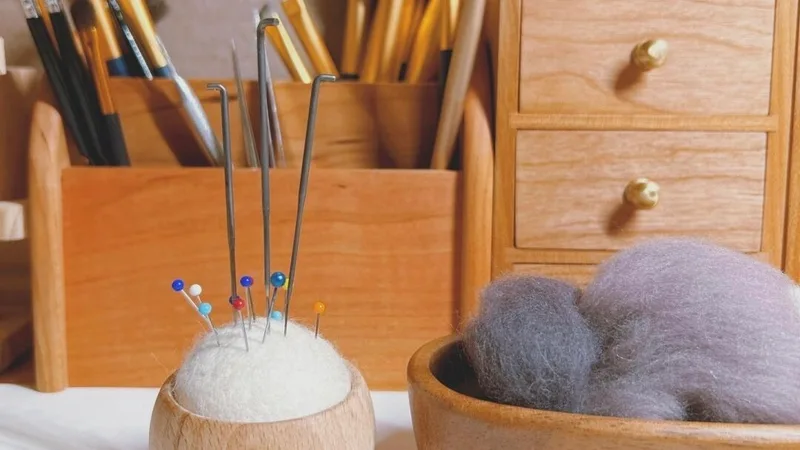
ssential Supplies for Beginners
Before embarking on any animal project, a few essential supplies will be necessary:
Needle Felting Needles戳针
- For general purposes, 38 gauge star needles are considered optimal. Always have three on hand in case one breaks during learning; coarse (36 gauge) can also be used initially while 40-42 gauge needles offer more detail.
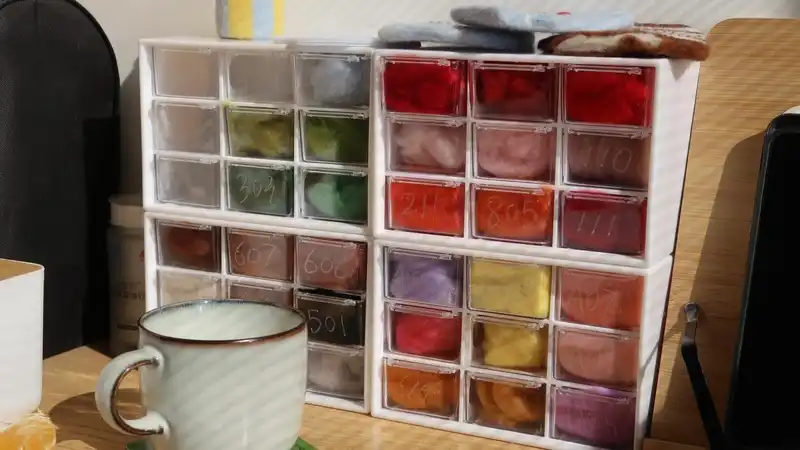
Wool
- Corriedale wool is ideal for beginners as it is affordable, easily felted, and provides excellent structural integrity.
Work Surface工作垫
- A felting mat or foam pad is essential to protecting both the needles and work surface when felting, as it prevents accidental table damages or injuries to yourself or others. Never begin felting without first using one correctly in order to avoid damaging tables or harming yourself in any way.
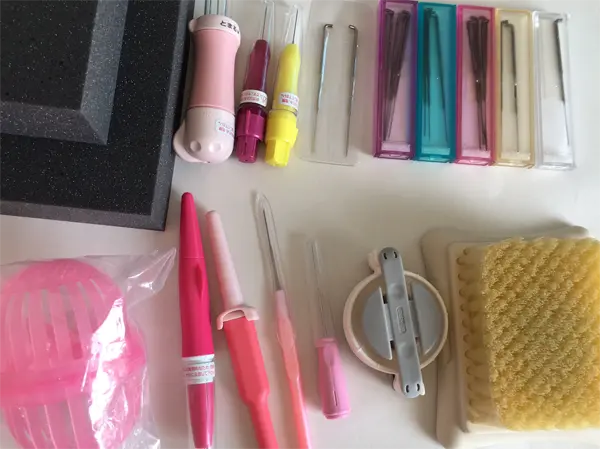
Safety Equipment
- As newcomers to needlepoint, novices should take extra precaution to avoid needle pricks by wearing finger and leather protectors that provide additional safety against needle pricks – these may prove particularly helpful.
Needle Felting Step-by-Step Process
- Prepare Wool: Break apart a small amount of wool roving into fluffy pieces, leaving enough for rolling tightly into balls or cylindrical forms to form 3D animal bodies.
- Roll Tightly For 3D Shapes by Rolling Wool Tightly: Create three-dimensional forms from wool balls or cylindrical rolls by rolling tightly to form three dimensional forms that mimic animal bodies.
- Start Stabbing: For best results, when stabbing wool on your felting mat with needle and using straight downward strokes that pull straight out afterwards for each stabbing step.
- Maintain Perpendicular Stabbing: To achieve optimal results use perpendicular needle strokes only as sideways stabbing may break your needle!
- Work Gradually: To achieve smooth shaping results, employ short and quick stabs rather than deep penetration to maintain barbs near needle tip for better shaping results.
- Rotate Regularly: For evenness in shaping.
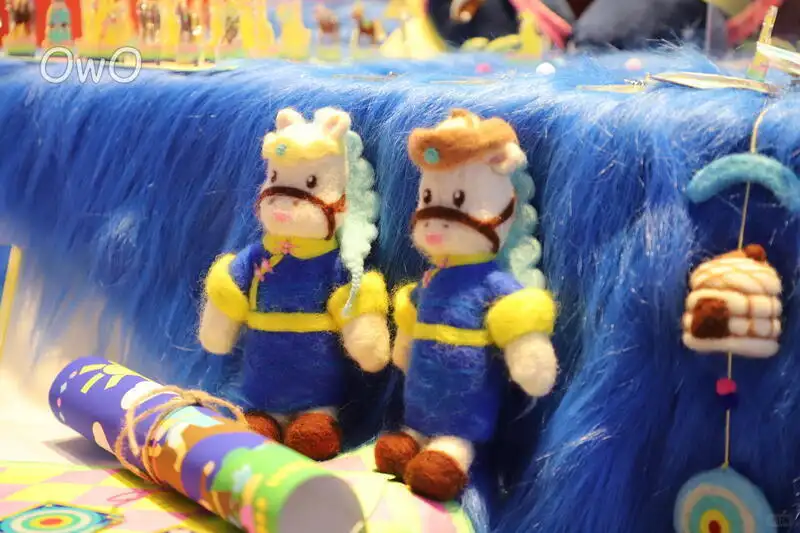
Create Your First Animal Here
Simple Animal Projects for Beginners
Needle Felting Sheep
- Simple Round Body Structure With Soft Fluffy Texture That Hides Imperfections and Minimal Detail Work Requirement.
Needle Felting Hedgehogs
- Simple oval body. Textured spikes cover any uneven felting. Quick and easy assembly (approximately one hour).
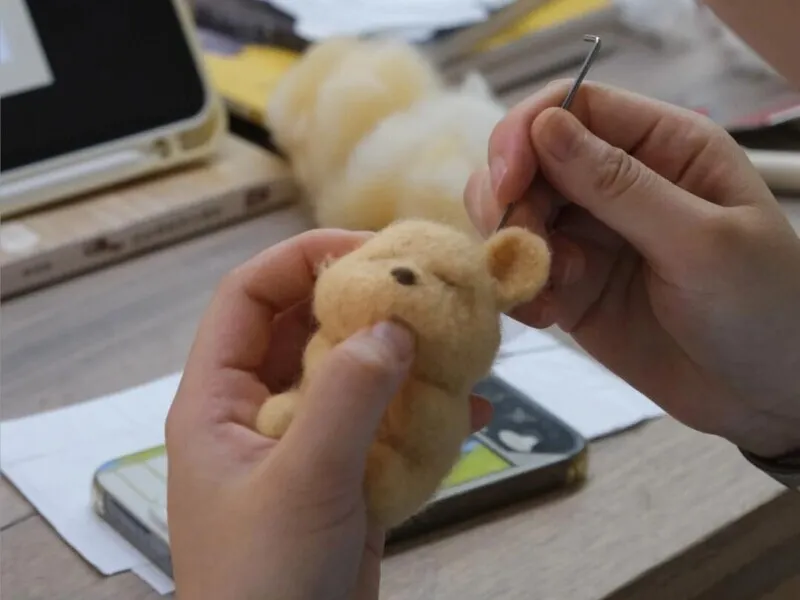
Needle Felting Animal Construction
- Establish the Body Core: By rolling tightly-rolled wool onto a felting frame and felting it into an oval or round shape, create the body core.
- Add Head and Connect Points Thoroughly.
- Make Legs: Create four small cylinders out of wool that secure securely to your core.
- Add Features: Carefully craft small pieces for ears, nose and eyes before carefully attaching with needle work.
- Apply an Outer Coat: Layer colored wool over your basic shape until felted to set in its place.
Essential Safety Tips
- Always use a felting mat; never hold the project in your hand when felting.
- Keep free hand away from needle area; work slowly and mindfully without rush.
- For new techniques use finger protection while learning.
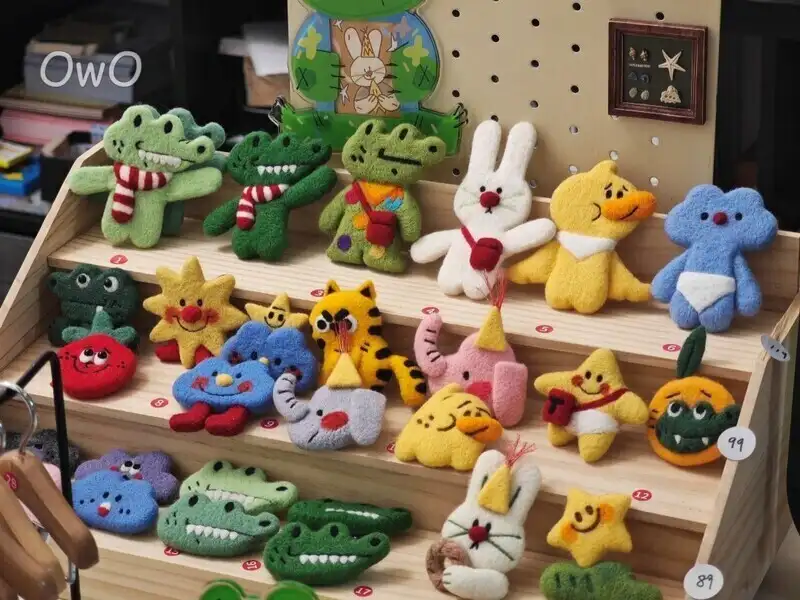
Avoid Mistakes Committed By Newcomers When Starting Off
Errors:
- Stabbing Too Deeply (Only Needle Tip Need to Pierce Wool)
- Working Sideways to Prevent Broken Needles
- Not Felting Firm Enough
- Beginning with Fine Wool – To get optimal results, opt for coarser yarn such as Corriedale wool for optimal results.
- Undertaking complex projects too early – start simple shapes
- Utilizing too little or too much wool
- Impatience – Needle felting requires time and repetition
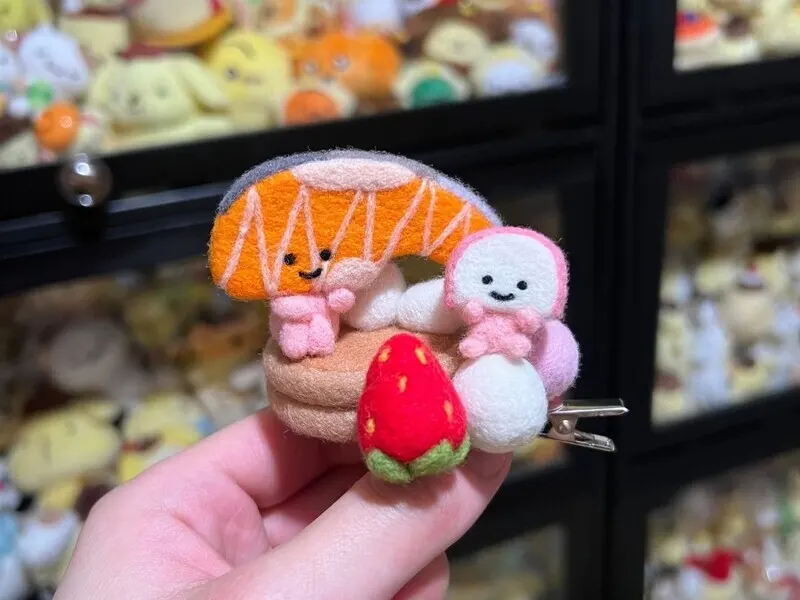
Project Ideas for Beginners
Start Your Projects Efficiently
- Felt Balls (Felt balls for short) can be an invaluable way to practice and develop dryer balls, with simple food items such as apples or mushrooms being ideal practice tools, basic animals such as sheep or hedgehogs or simple birds as well as seasonal decorations like pumpkins available as seasonal decorations.
Progress Projects
- Create more intricate animals using multiple colors; craft wall art or felt paintings using flat felting techniques; or produce functional products, like pin cushions and small containers.

Success Tips
- Prior to attempting complex animals, starting with basic shapes is highly recommended; practicing simple projects to build muscle memory; watching tutorial videos as educational aids; and joining online communities for support and motivation are all effective ways of ensuring artmaking success.

Needle felting animals is an accessible and rewarding craft that anyone can master with patience and practice. Starting off by purchasing quality supplies, adhering to safety regulations, and beginning small projects you will quickly acquire the skills required to create charming felted characters. Plus, needle felting is highly forgiving: should something go amiss just add more wool until it fixes itself!
Tag
Needle Felting Kits
needle felted cat
$12.00needle felted duck
$12.00needle felted bear
$12.00needle felted dog
$12.00
